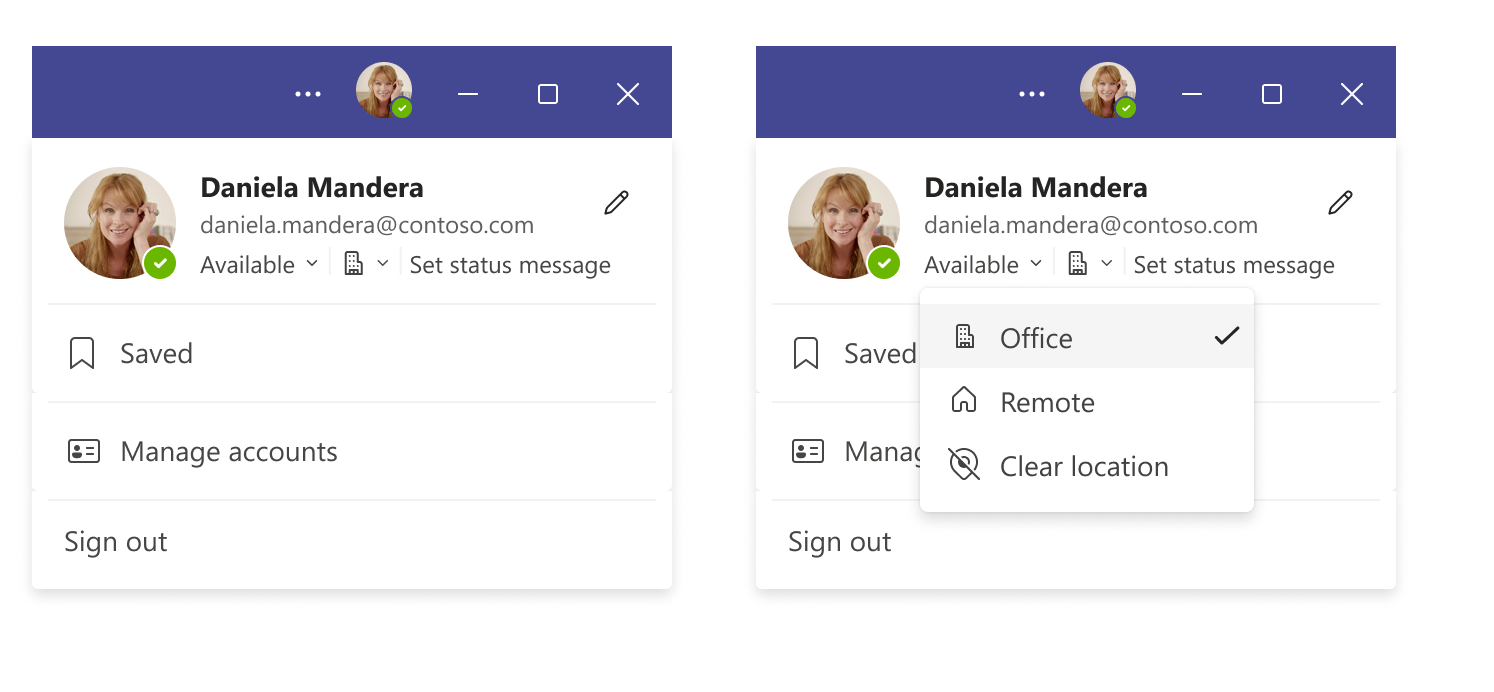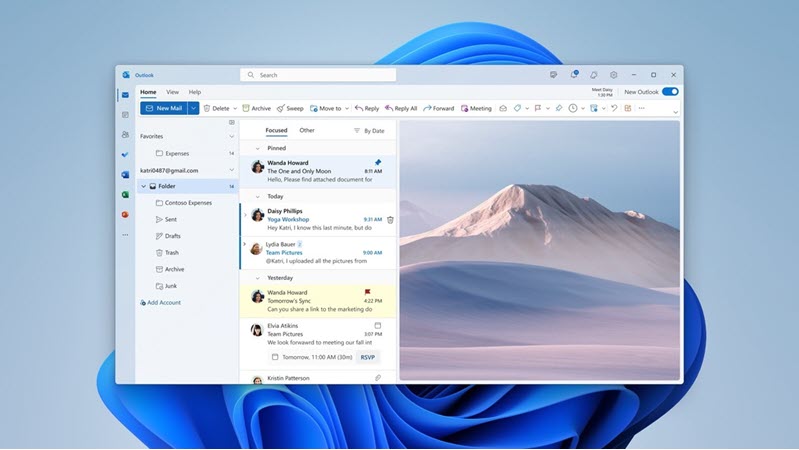Microsoft has announced four Copilot updates, some already live or in preview, others rolling out soon, that are designed to simplify tasks, improve control, and boost productivity. These enhancements include smarter content referencing, flexible reasoning modes, customizable response scoping, and integrated meeting scheduling. Timelines may change, so keep an eye on official updates. Copilot Chat Enhancements: Reference Files and Emails Easily Copilot Chat for users with a Microsoft 365 Copilot license is being enhanced by introducing quick access to emails directly in prompts. By typing “/” in the prompt box, users can search and reference relevant content without manual uploads, improving prompt quality and Copilot responses. Suggested prompts beneath the input box will also include relevant files or emails for faster starts. This capability will surely reduce friction and ensure responses are grounded in the right context (Also now known as ContextIQ). This update is associate...
- Get link
- X
- Other Apps

